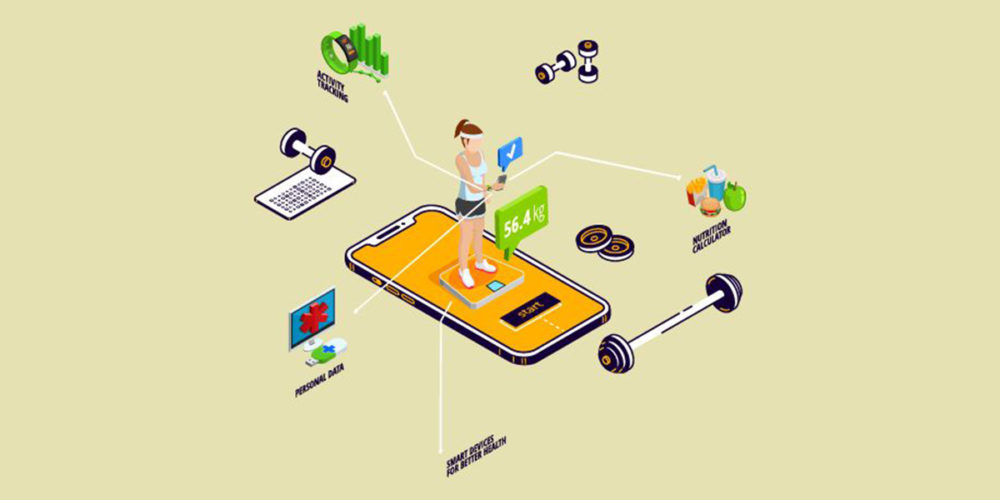Remote patient monitoring (RPM) has been gaining popularity in recent years due to the convenience and effectiveness it provides both patients and healthcare providers. RPM is the use of technology to monitor a patient’s health status outside of a clinical setting. This technology includes devices such as wearable sensors, mobile apps, and telemedicine platforms. RPM provides physicians with many benefits, including improved outcomes and reduced costs.
One of the most significant benefits of RPM is the improvement in patient outcomes. With the ability to monitor a patient’s health status in real-time, physicians can detect potential health issues early and provide timely interventions. RPM allows physicians to monitor patients with chronic conditions such as diabetes, hypertension, and heart disease continuously. By doing so, physicians can intervene before a patient’s condition worsens, which can lead to improved outcomes and fewer hospitalizations.
Furthermore, RPM can improve patient engagement and compliance with treatment plans. Patients who participate in RPM feel more empowered and involved in their care. With access to real-time health data, patients can make informed decisions about their health and take proactive steps to manage their conditions. This improved patient engagement leads to better adherence to treatment plans and ultimately better health outcomes.
RPM can also result in significant cost savings for healthcare providers. By monitoring patients remotely, physicians can reduce the need for in-person visits and hospitalizations. In-person visits and hospitalizations can be expensive, and by reducing these costs, healthcare providers can save money. RPM can also improve the efficiency of care delivery. With the ability to monitor patients remotely, physicians can prioritize patients who require urgent care and provide timely interventions. This improved efficiency can lead to reduced costs for healthcare providers.
Additionally, RPM can reduce the cost of readmissions. Patients who are readmitted to the hospital within 30 days of discharge are costly for healthcare providers. RPM can reduce the likelihood of readmission by providing continuous monitoring and timely interventions. By reducing readmission rates, healthcare providers can save money and improve patient outcomes.



This Post Has 0 Comments